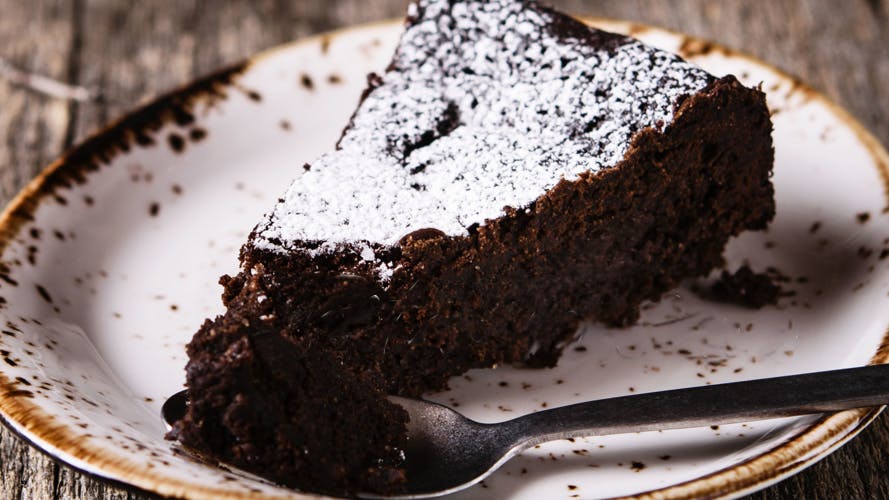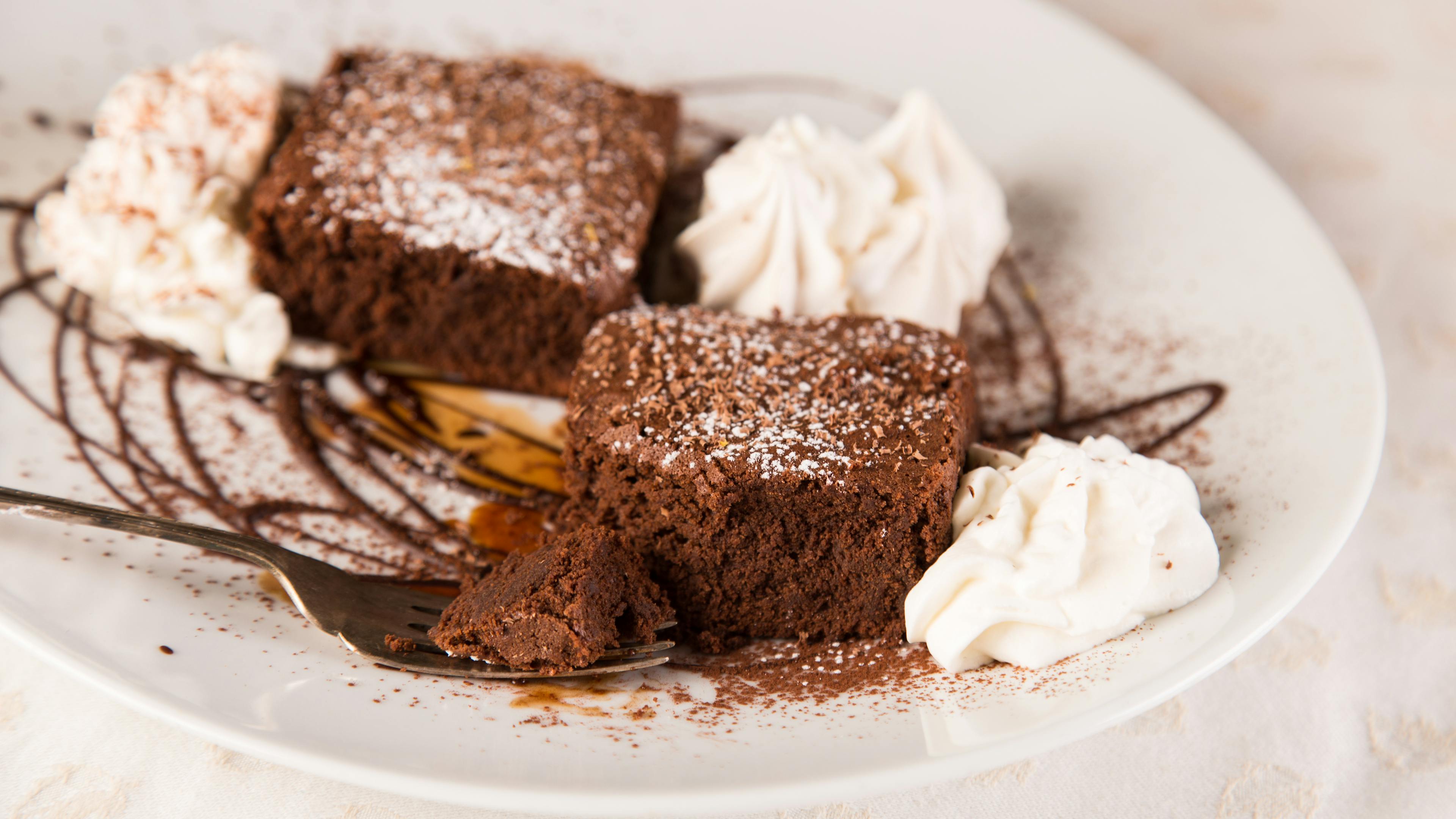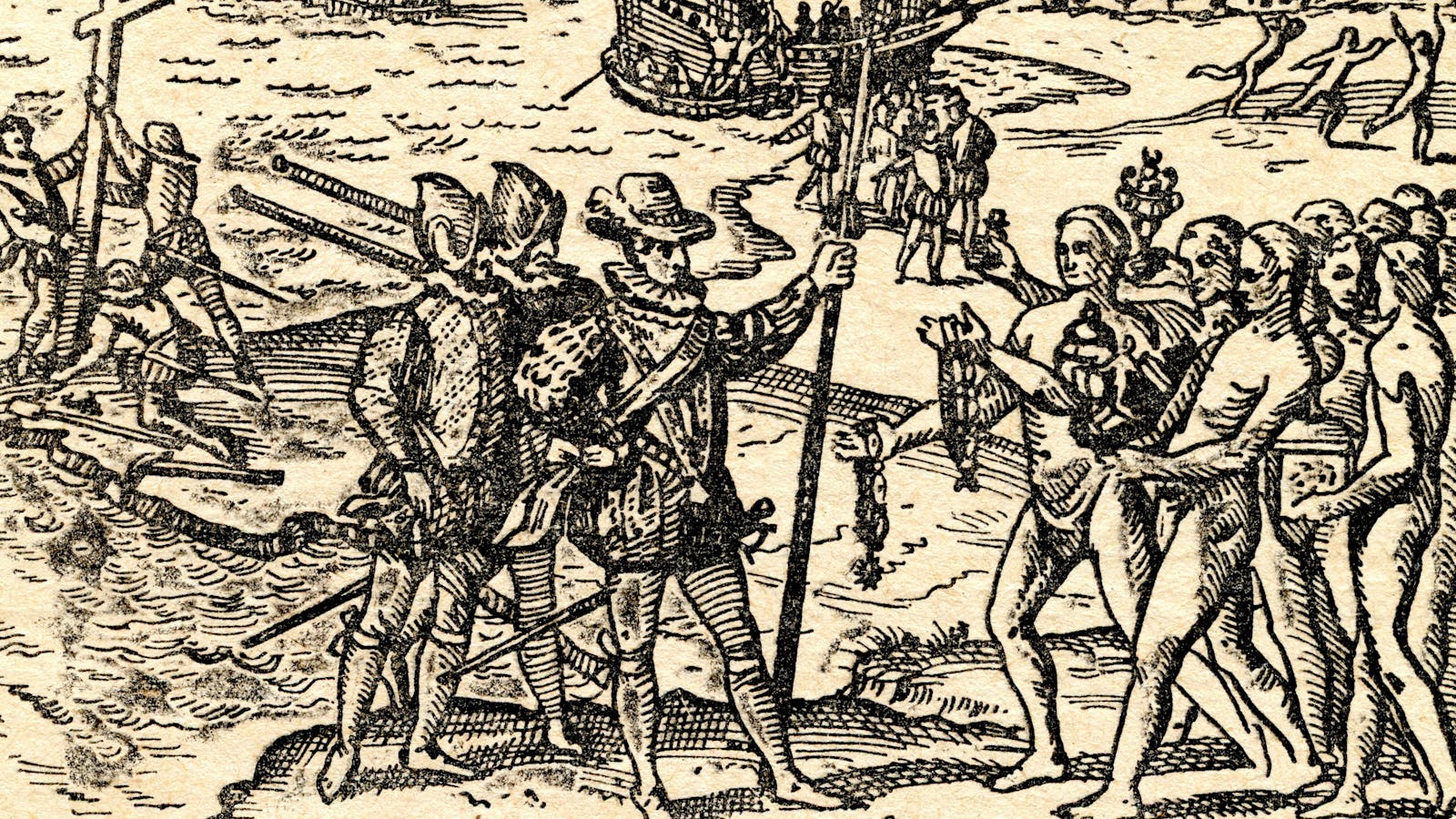

The Mayans considered it the food of the gods, the Aztecs used its seeds as currency, and some even used it as medicine due to its bitter taste: we are talking about chocolate. Whether milk, dark, or white, chocolate is that little indulgence we allow ourselves from time to time: it instantly lifts our spirits, and our conscience can rest easy because, as we will see, this small indulgence also has positive effects on our health.
World Chocolate Day
Since 2009, this product beloved by young and old alike has been celebrated annually with World Chocolate Day. On July 7, the date when chocolate is believed to have been introduced to Europe in the 16th century, events are held in cities around the world where the "black gold" is the absolute star, delighting chocolate lovers of every latitude.
To properly celebrate this occasion, we present the recipe for a very chocolaty cake typical of Ferrara: Tenerina Cake.
The recipe for Torta Tenerina
Torta Tenerina was created in the early 1900s in Ferrara in honor of the Queen of Montenegro, Elena Petrovich, who had married the King of Italy, Vittorio Emanuele III. Elena was said to be a sweet woman with a tender heart, and these are precisely the distinctive characteristics of Torta Tenerina, whose thin and delicate crust encloses a buttery, soft center that melts in your mouth. To achieve excellent results, make sure to use the best chocolate and serve the cake with a light dusting of powdered sugar. If you really want to pamper yourself, add a generous spoonful of mascarpone cream: it will feel like touching paradise with a finger!

Tenerina Cake
A tender chocolate cake with a rich texture that envelops the palate
Ingredients
- 200 g of softened butter
- 180 g of granulated sugar
- 50 g of all-purpose flour
- 5 medium eggs
- 400 g of dark chocolate (60-70%)
- A pinch of salt
- Powdered sugar for serving
Method
- Melt the chocolate in a double boiler
- Separate the egg yolks from the whites
- In a bowl, beat the butter, flour, sugar, and yolks
- In another bowl, using an electric whisk, beat the egg whites until stiff peaks form.
- Add the melted chocolate and three-quarters of the beaten egg whites to the yolk mixture, folding gently to maintain the volume. It's important to keep the air in the mixture, so do not mix too vigorously and only until the ingredients are just combined
- Preheat the oven to 150°C (300°F), butter, and flour a round cake pan, and pour in the mixture
- Bake for 45 minutes. The cake is done when a thin crust forms on the surface, and bubbles appear in the center
- Dust with powdered sugar before serving
The Origins of Chocolate
Today, the forms chocolate can take are practically infinite. We can consume it by biting into a "snappy" bar, savoring a smooth mousse or a voluptuous cream, adding it in powder form to a cup of milk, enjoying a shiny and elegant praline (perhaps filled with liqueur), or even - for those who love pushing the boundaries of experimentation - as an ingredient in savory dishes.
But 2000 years ago, when an indigenous person from Central America first picked the oval fruit of the cacao plant and opened it, they found a sweet and fragrant white mucilage covering a cluster of beans. That indigenous person most likely roasted those beans, steeped them, and - unknowingly - produced the first chocolate in human history.

Mayans and Aztecs
Archaeological evidence suggests that cacao processing dates back to 1800 BC. For the Mayans and Aztecs, cacao was a fundamental element, closely intertwined with their lives. The beans were used as currency for purchasing small items, paying taxes, and wages, and were considered a gift from the gods: it's no coincidence that many rock paintings depict cacao beans held by various deities (hence the name "food of the gods").
Columbus and the arrival of cacao in Europe
The first Europeans to encounter cacao were Christopher Columbus and his men, but it wasn't until 1520 that cacao made its way to Europe when Hernán Cortés, after visiting Montezuma's court in Tenochtitlan, returned to Spain with a load of cacao given to him by the Emperor. From Spain, chocolate began its journey of conquest across Europe, reaching Italy (at the Medici court), then England (in special "chocolate houses"), and the court of Louis XIV in France.

Chocolate today
To find chocolate as we know it today, we have to wait for the Industrial Revolution. In 1828, Dutch chemist Coenraad Johannes van Houten introduced a method for treating cacao beans with alkaline salts to produce a more mixable cocoa powder (called "Dutch cocoa"). The creation of the first modern chocolate bar is credited to Joseph Fry, whose company during the Victorian era became the largest chocolate manufacturer in the world.

Nestlè, Peter and Lindt
But the research and innovations in the vast world of chocolate didn't stop there. In 1867, Swiss chemist Heinrich Nestlé developed a process for evaporating milk to turn it into powder; this discovery was utilized by Daniel Peter when twelve years later he combined powdered milk with chocolate, thus creating the first milk chocolate bar.
Alongside Nestlé and Peter, we also remember Swiss chocolatier Rudolph Lindt, inventor of the conching machine. Conching is one of the final and most delicate stages of chocolate production: the raw material is repeatedly mixed until it becomes a creamy and homogeneous mixture, ready to be transformed into a delicious chocolate bar.

The health benefits of chocolate
That chocolate is good for the mood is a statement everyone can agree with without needing scientific data, but now various academic studies have shown that chocolate has numerous positive effects on our health. Cocoa is rich in flavonoids, active antioxidants that play an important role in combating free radicals and improving sharpness, precision, attention, and processing speed. But the benefits don’t end there: according to studies from various institutes worldwide, cocoa fights cavities and plaque, reduces the risk of cardiovascular diseases, lowers blood pressure, and increases desire under the sheets.
In short, a regular and moderate consumption of cocoa (for example, a square of dark chocolate a day) may be an indulgence, but it is a venial sin, considering that we are doing good for our body and, equally important, our spirit!

